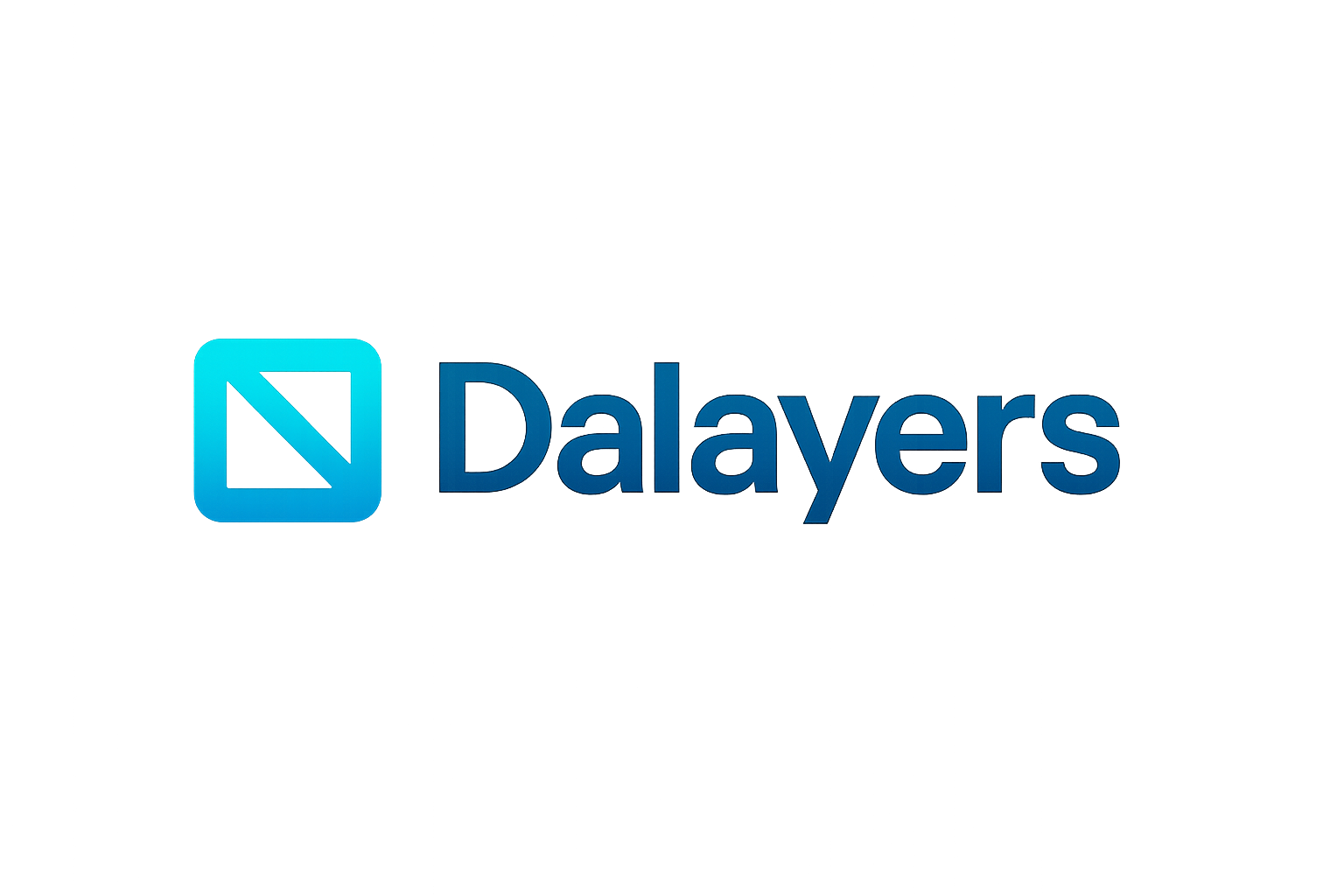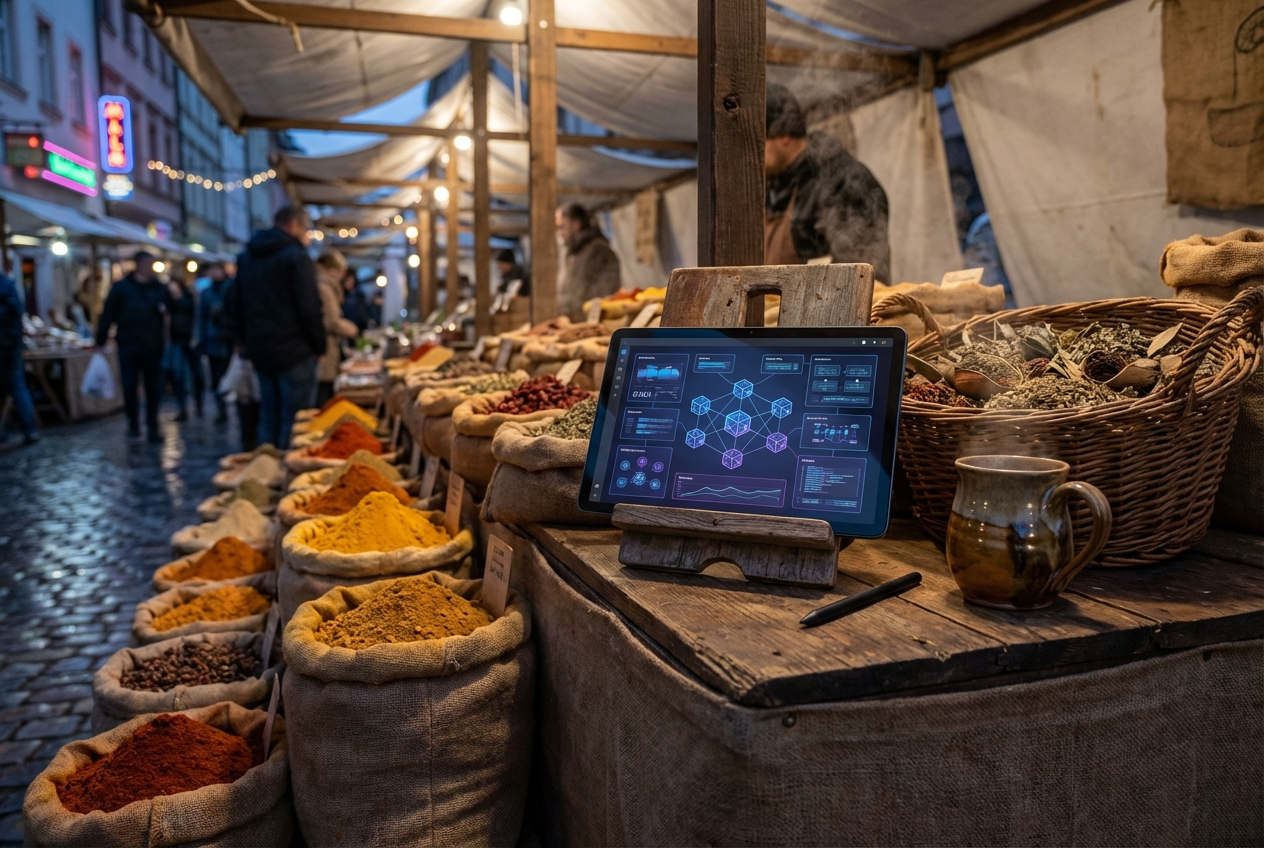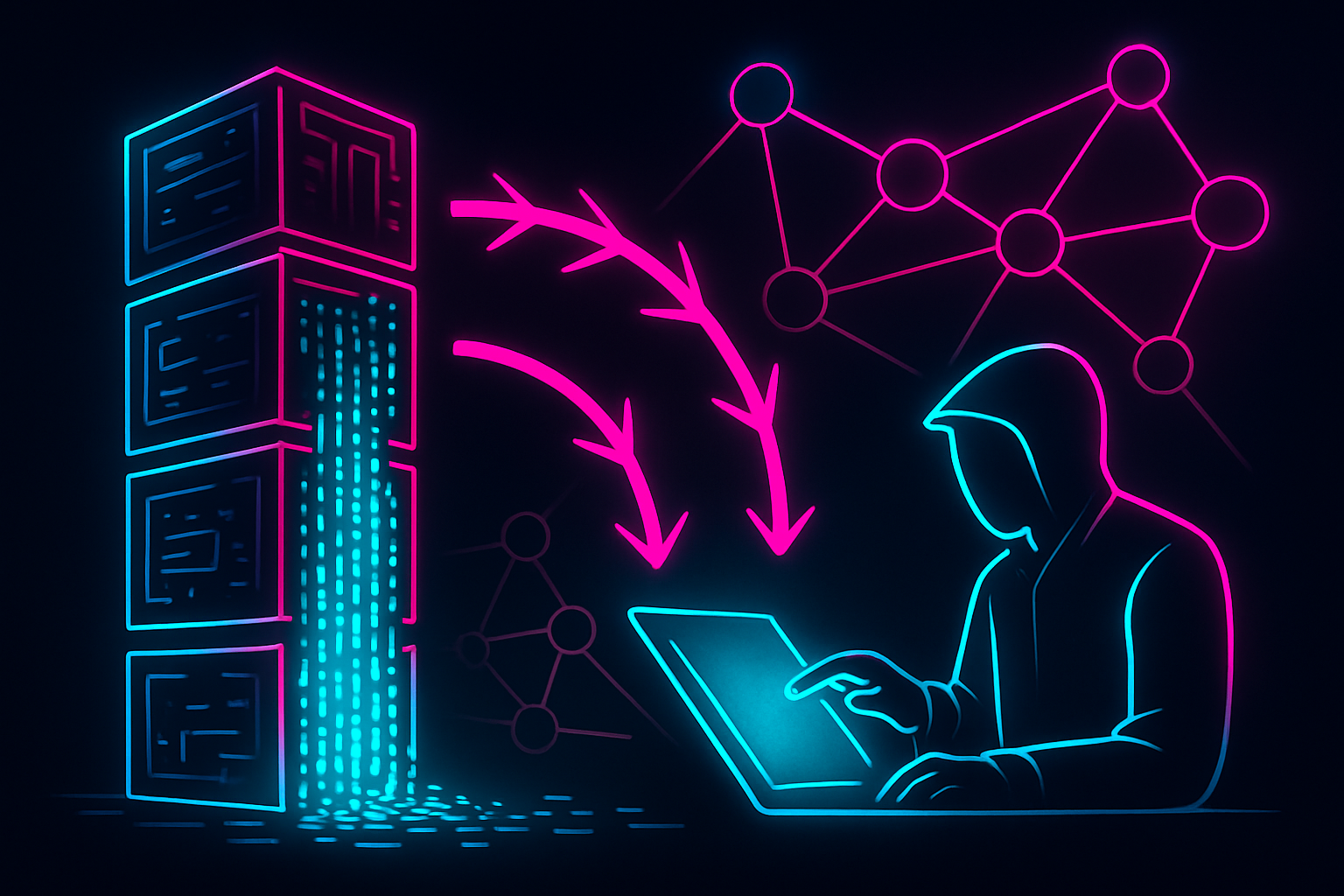
Picture this: blockchains that scale effortlessly, light clients running on your phone, and decentralization that actually lives up to the hype. That’s not just a pipe dream anymore – it’s what Data Availability Sampling (DAS) is making possible for modular blockchain networks. Let’s peel back the layers and see how DAS is powering the next generation of light clients and supercharging decentralization.
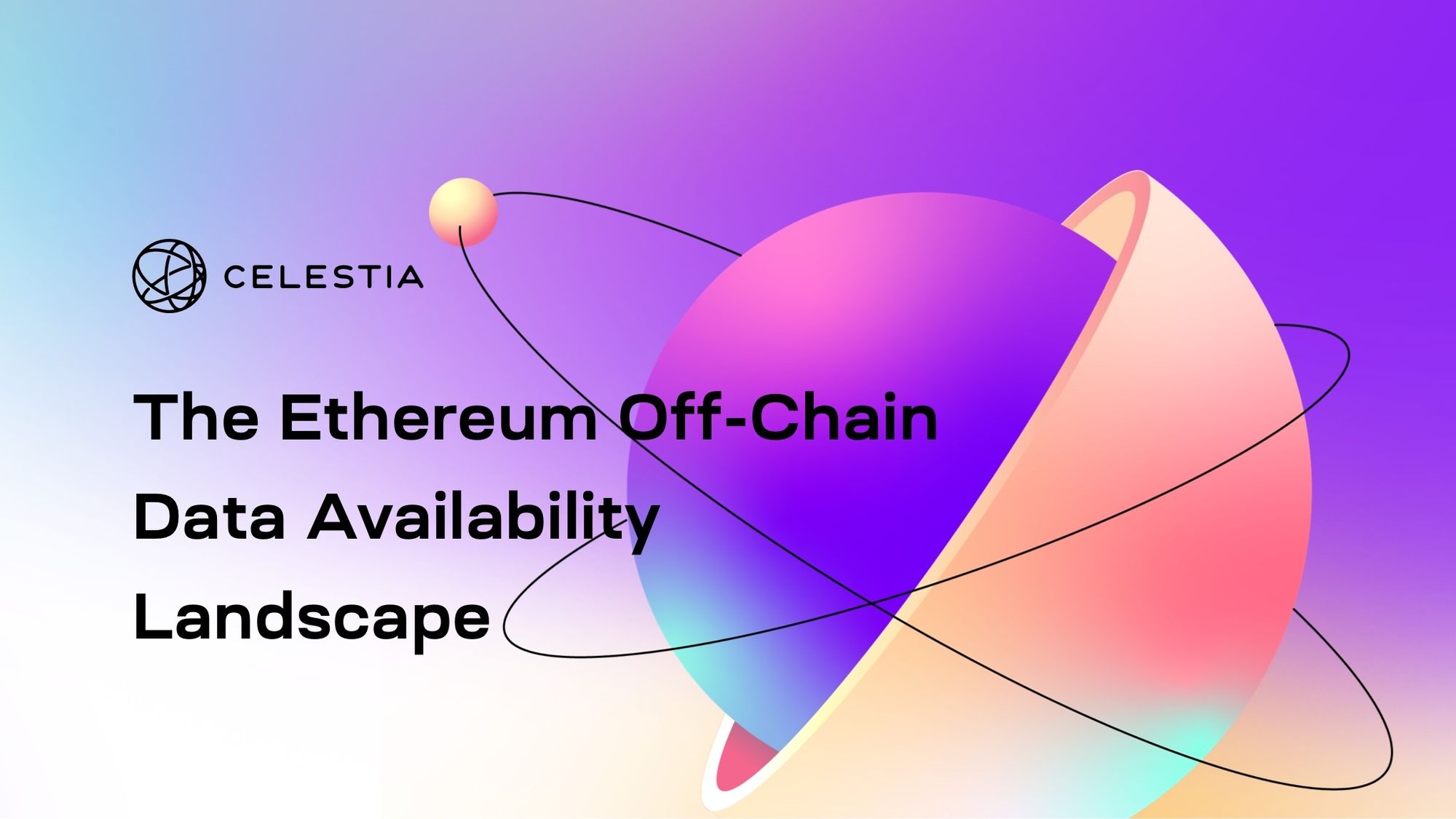
Why Data Availability Matters in Modular Blockchains
In traditional blockchains, every full node downloads every transaction in every block. That’s great for security, but it’s a dealbreaker for most users – who has the bandwidth or storage for that? Light clients were supposed to solve this, but until recently they still had to trust full nodes for one critical thing: data availability. If you can’t independently check that all transaction data is actually available, you’re at risk of sneaky censorship or withheld transactions.
This is where modular blockchains flip the script. By separating consensus from data availability, projects like Celestia and Avail let different network layers specialize. But that means data availability becomes even more important – and trickier to verify without heavyweight infrastructure.
The Magic of Data Availability Sampling (DAS)
DAS is a breakthrough technique that lets light clients probabilistically verify whether all transaction data for a block is available – without ever downloading the whole thing. Here’s how it works in plain English:
Key Steps in Data Availability Sampling (DAS)
-

Chunking and Erasure Coding: The block’s transaction data is split into smaller chunks and encoded with erasure coding (like Reed-Solomon). This adds redundancy, so the original data can be reconstructed even if some chunks are missing.
-
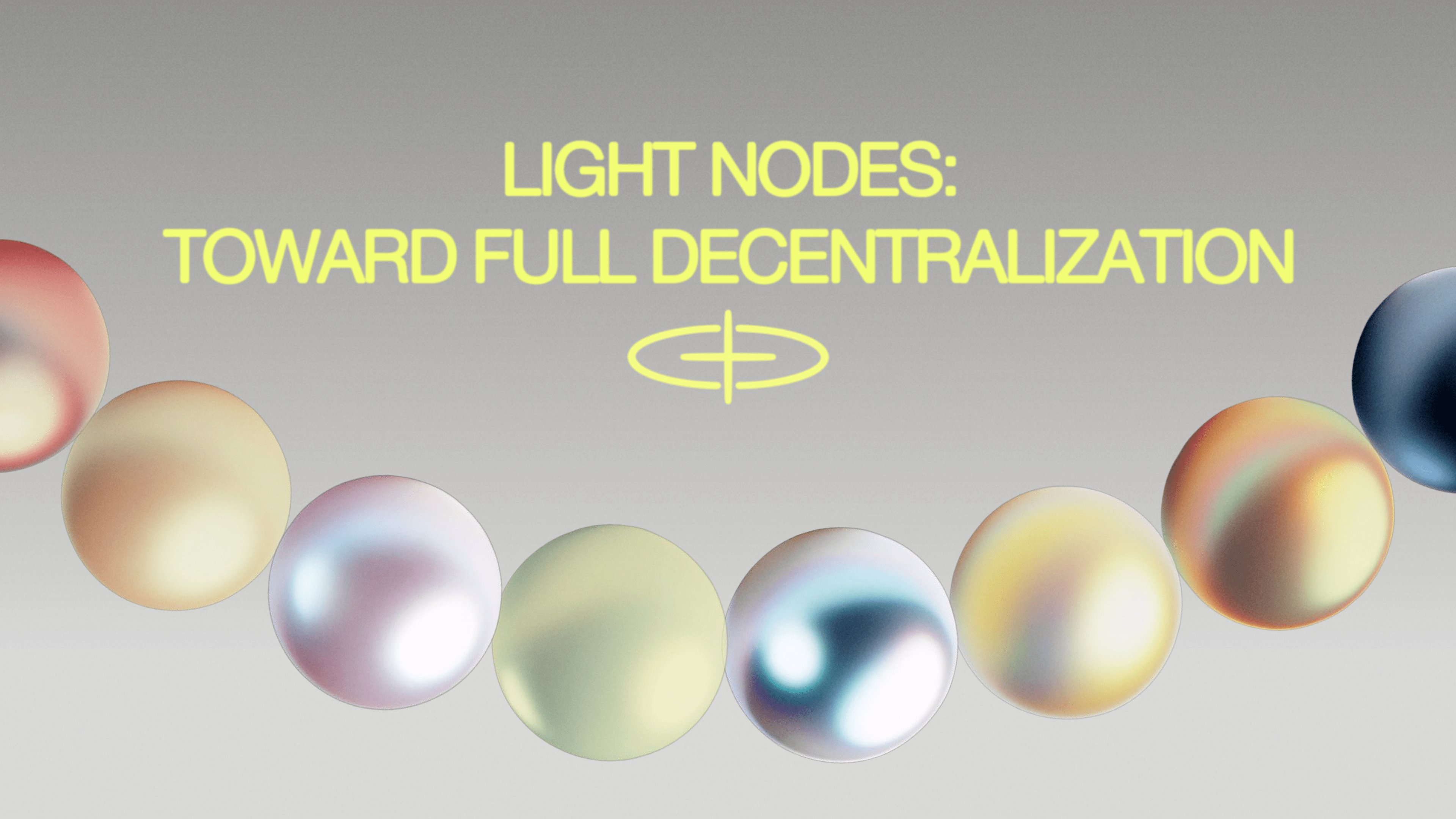
Random Sampling by Light Clients: Light clients randomly request a small subset of the encoded data chunks, instead of downloading the entire block. This lets them efficiently check if the data is available.
-
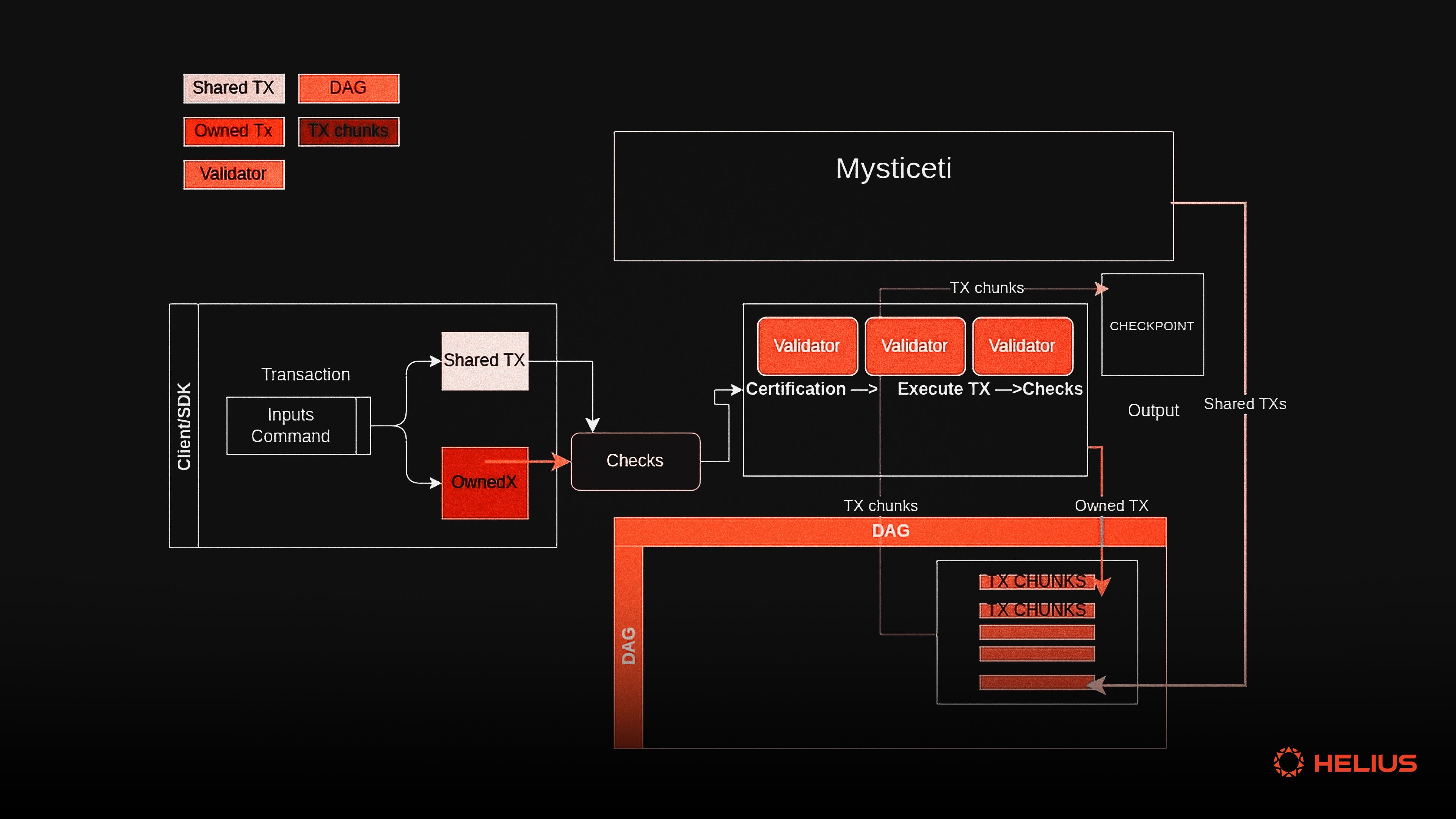
Verification of Sampled Chunks: Each sampled chunk is verified for correctness and availability, ensuring that the data hasn’t been withheld or tampered with.
-
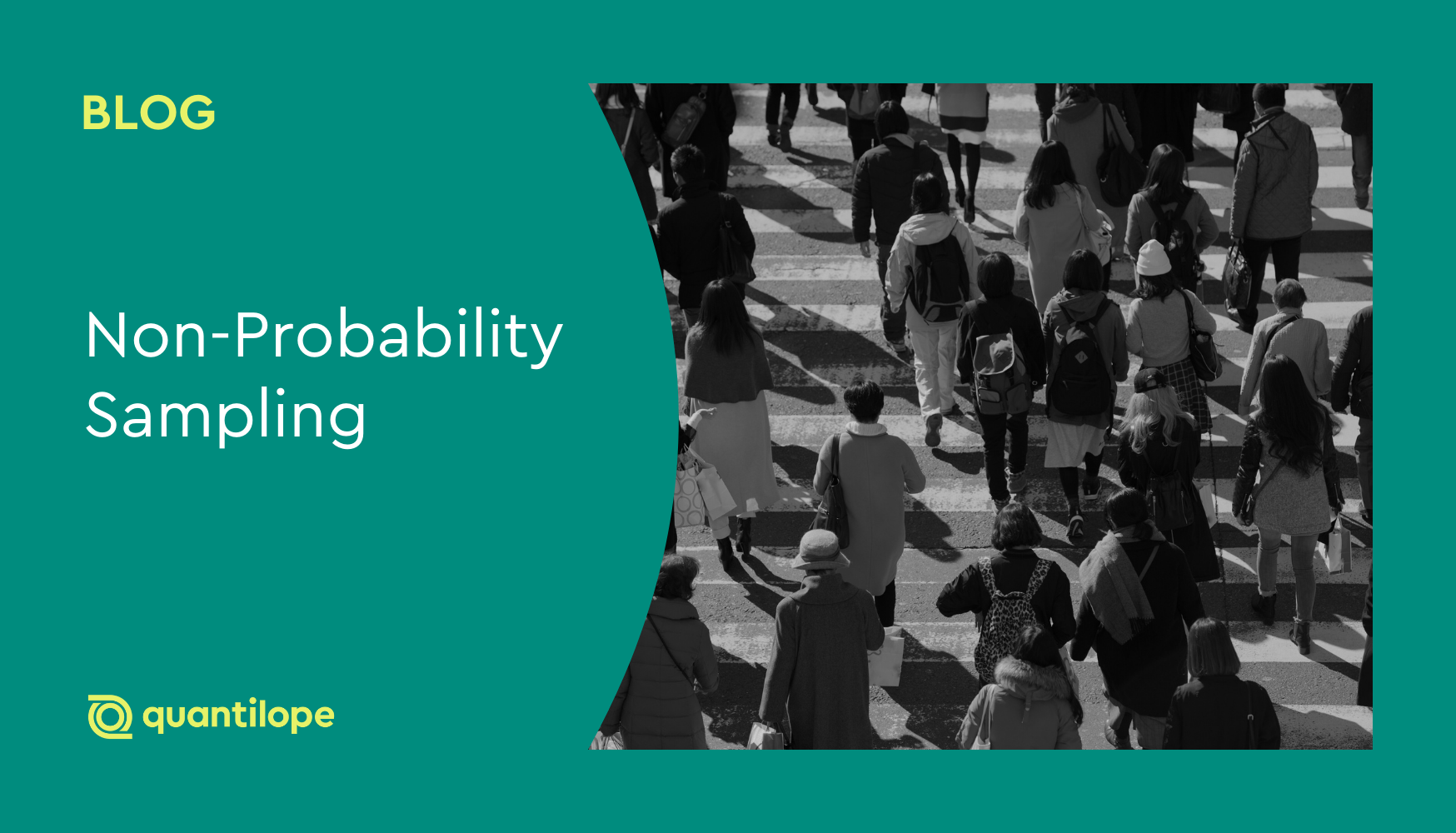
Probabilistic Assurance: If all randomly sampled chunks are available, the light client gains statistical confidence that the entire block’s data is available. More samples mean higher assurance.
-
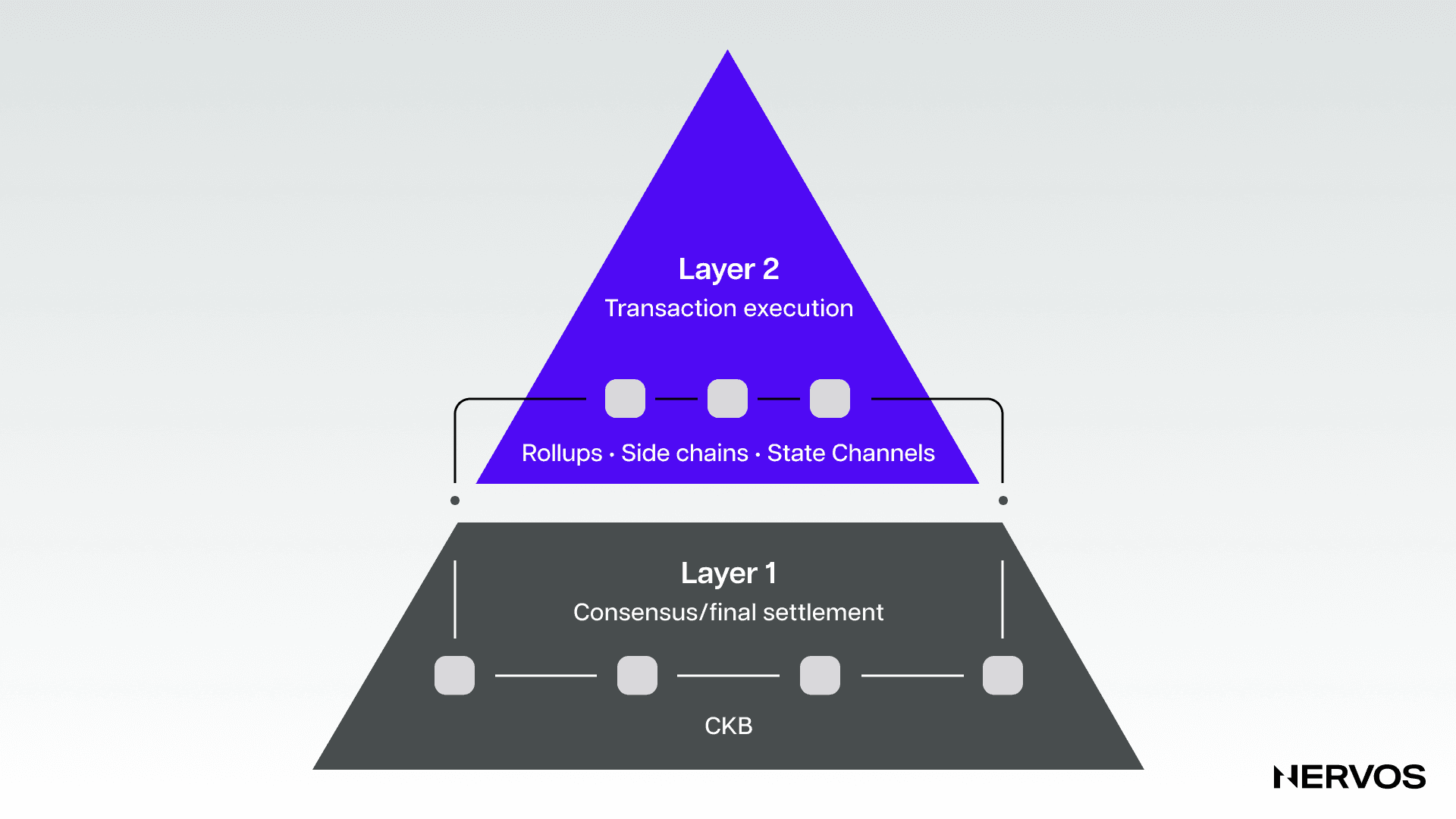
Independent Operation of Light Clients: Because of DAS, light clients can independently verify data availability without relying on full nodes, boosting decentralization and scalability.
The secret sauce? Erasure coding. Blocks are broken into dozens (or hundreds) of chunks, then encoded with redundancy so you only need a portion to reconstruct the whole thing. Light clients randomly request small samples of these chunks from different peers. If they can consistently get valid samples from across the dataset, they can be statistically confident that all the data is actually available on the network.
DAS means even resource-constrained devices can help secure the network – no more trusting big centralized validators just to check if your transaction made it into a block.
DAS in Action: Light Clients Get Superpowers
This isn’t just theory – DAS is live on networks like Celestia and Avail right now:
- Celestia: Uses two-dimensional Reed-Solomon erasure coding plus Namespaced Merkle Trees so light clients can sample efficiently.
- Avail: Combines DAS with validity proofs so even mobile wallets can independently check data availability.
The implications are massive for blockchain decentralization. With DAS, anyone with a smartphone or browser extension can run a real light client – no more relying on trusted gateways or centralized RPC providers. This makes censorship much harder and gives power back to users at the edge of the network.
The Probabilistic Edge: Security Without Bloat
You might wonder: “How secure is this sampling approach?” The answer lies in probability. The more chunks a light client samples (and finds available), the lower the chance that any missing chunk could be hidden by an attacker undetected. In practice, even a handful of random samples gives extremely high confidence – enough to make large-scale censorship practically impossible without detection.
That’s the real kicker: DAS gives you robust security guarantees without demanding that every participant turns their device into a data hoarder. Instead, the network’s safety is distributed across thousands of independent verifiers, each running quick, lightweight checks. The result? A blockchain that can scale to massive sizes without sacrificing decentralization or relying on supernodes.
How DAS Unlocks Modular Blockchain Scalability
Here’s where things get spicy for modular blockchains. By decoupling consensus from data availability, you open the door to all sorts of specialized layers (think rollups, DA layers, and more). But none of that works if users can’t independently verify what’s going on! That’s where DAS shines:
How DAS Boosts Scalability in Modular Blockchains
-
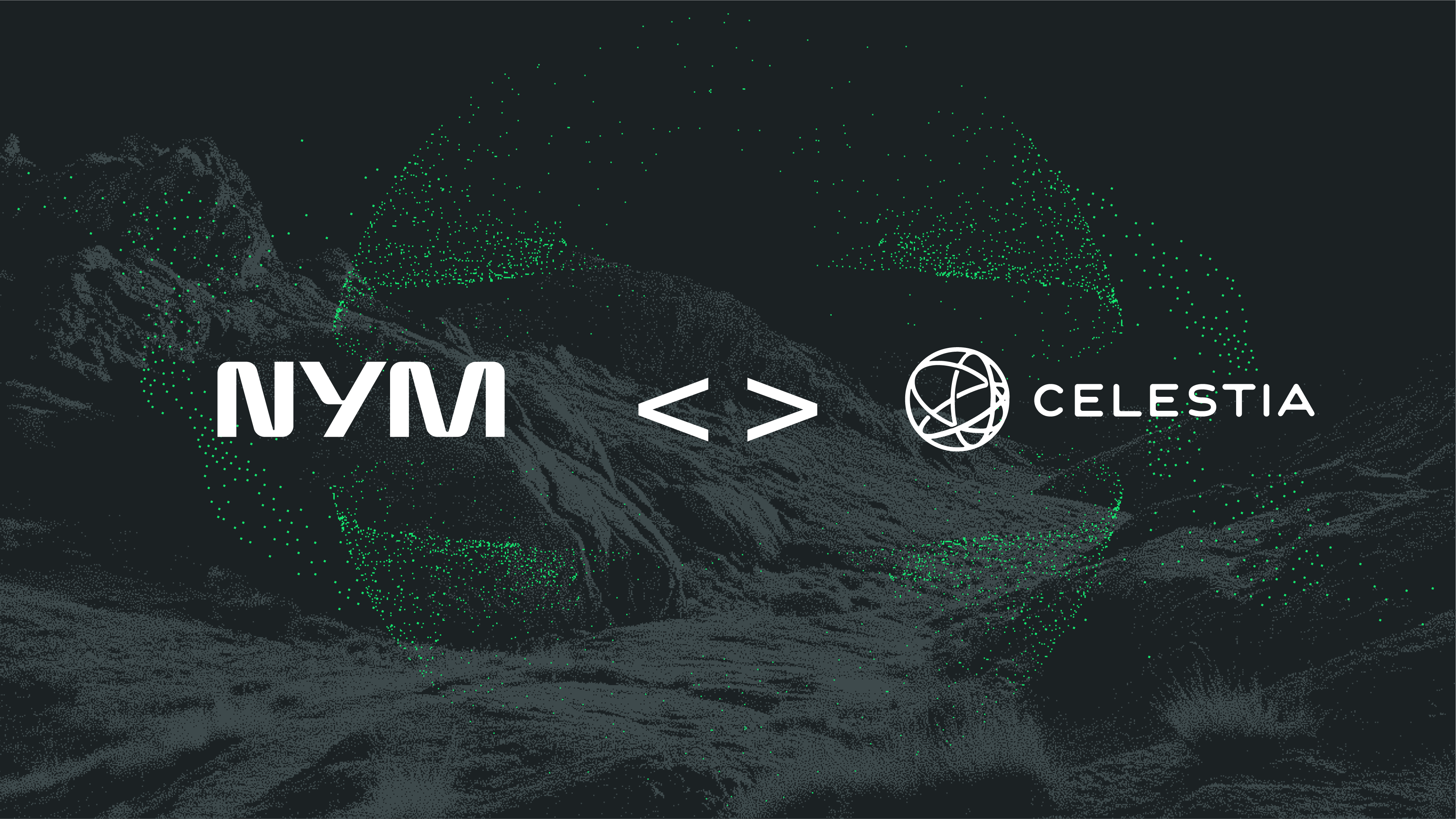
Enables Light Clients to Verify Data Independently: Data Availability Sampling (DAS) lets light clients check if block data is available without downloading the whole block, reducing their resource requirements and supporting a larger, more scalable network. Example: Celestia’s light clients use DAS to operate securely without relying on full nodes.
-
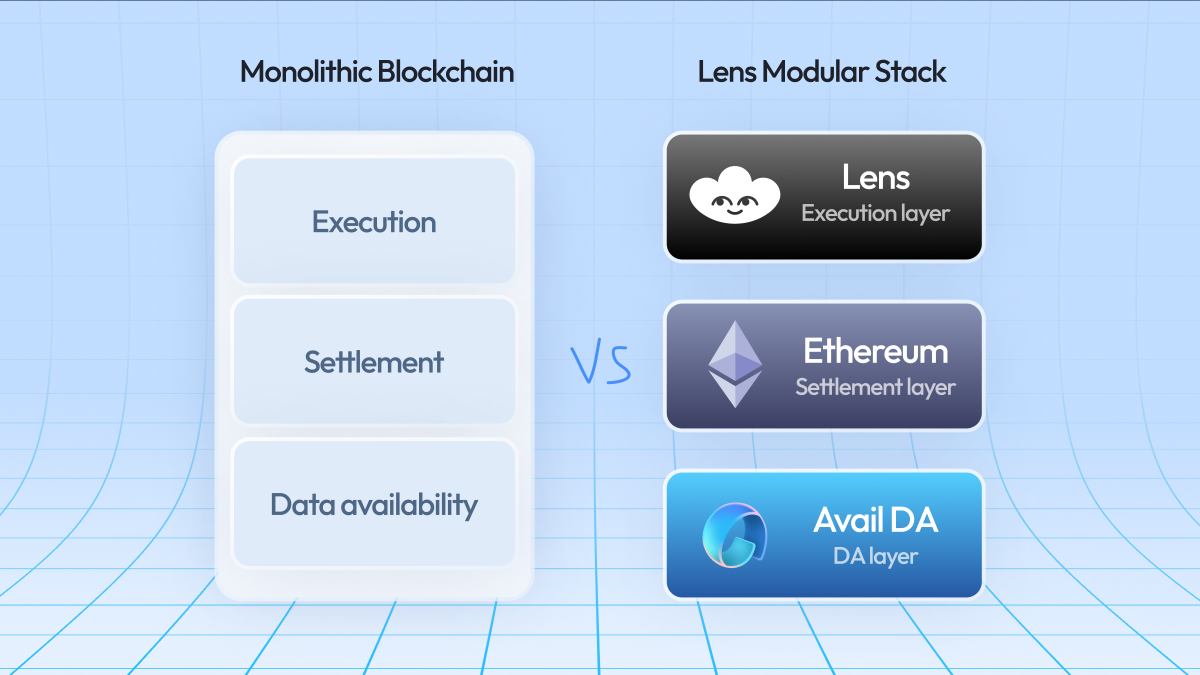
Reduces Network Bandwidth and Storage Needs: By only sampling small chunks of data, DAS dramatically cuts down the amount of data each node must process, making it feasible for more participants to join and scale the network. Example: Avail leverages DAS so light clients can efficiently verify data availability with minimal downloads.
-

Facilitates Larger Block Sizes and Higher Throughput: Since nodes don’t need to download every byte of every block, modular blockchains can safely increase block sizes and transaction throughput without sacrificing decentralization. Example: Celestia uses 2D Reed-Solomon erasure coding to support bigger blocks while keeping data accessible.
-
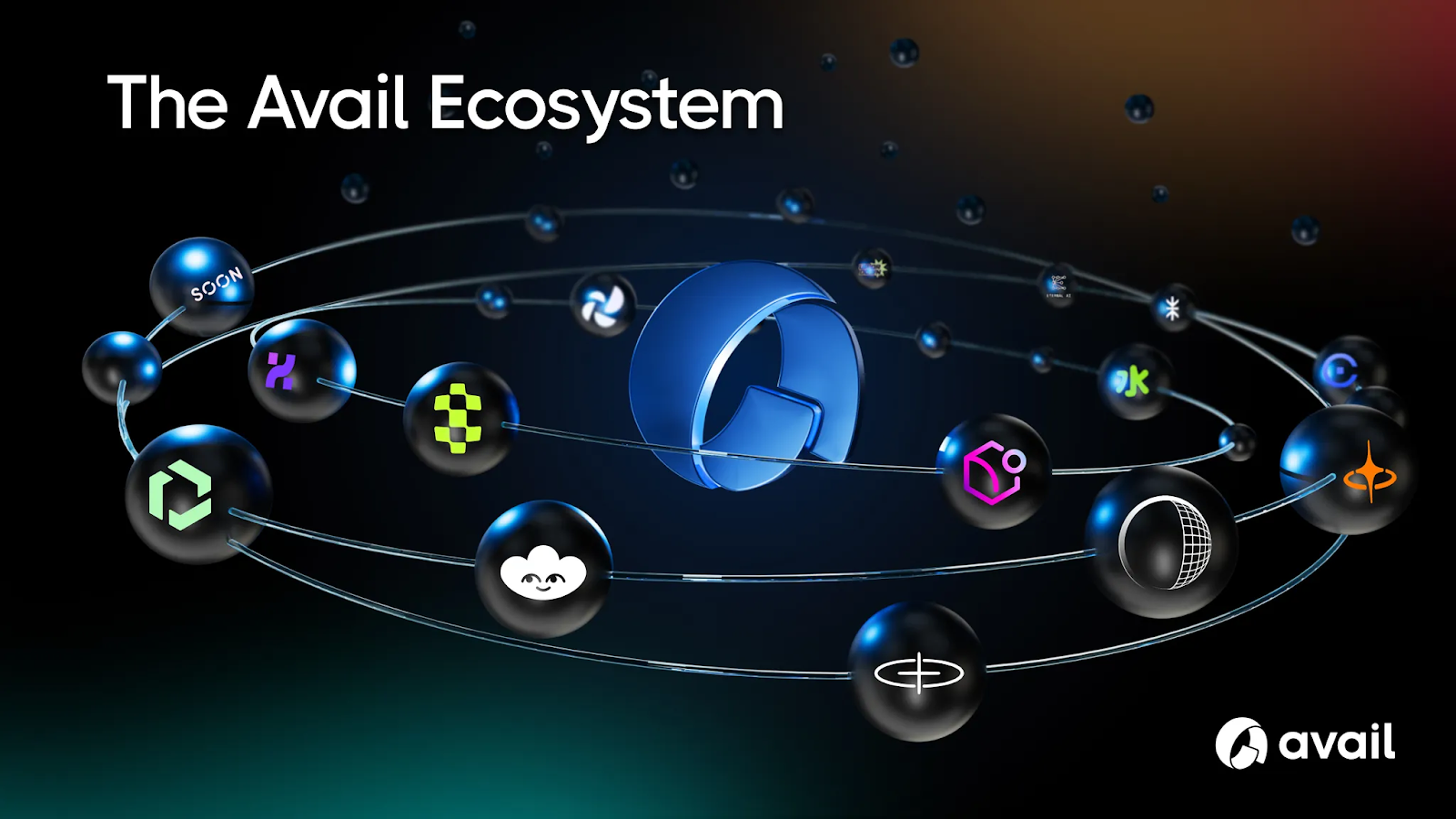
Strengthens Decentralization by Lowering Barriers to Entry: With DAS, anyone can run a light client on everyday devices, expanding the network’s validator base and reducing centralization risks. Example: Avail’s light clients can run on standard smartphones or laptops thanks to DAS.
-
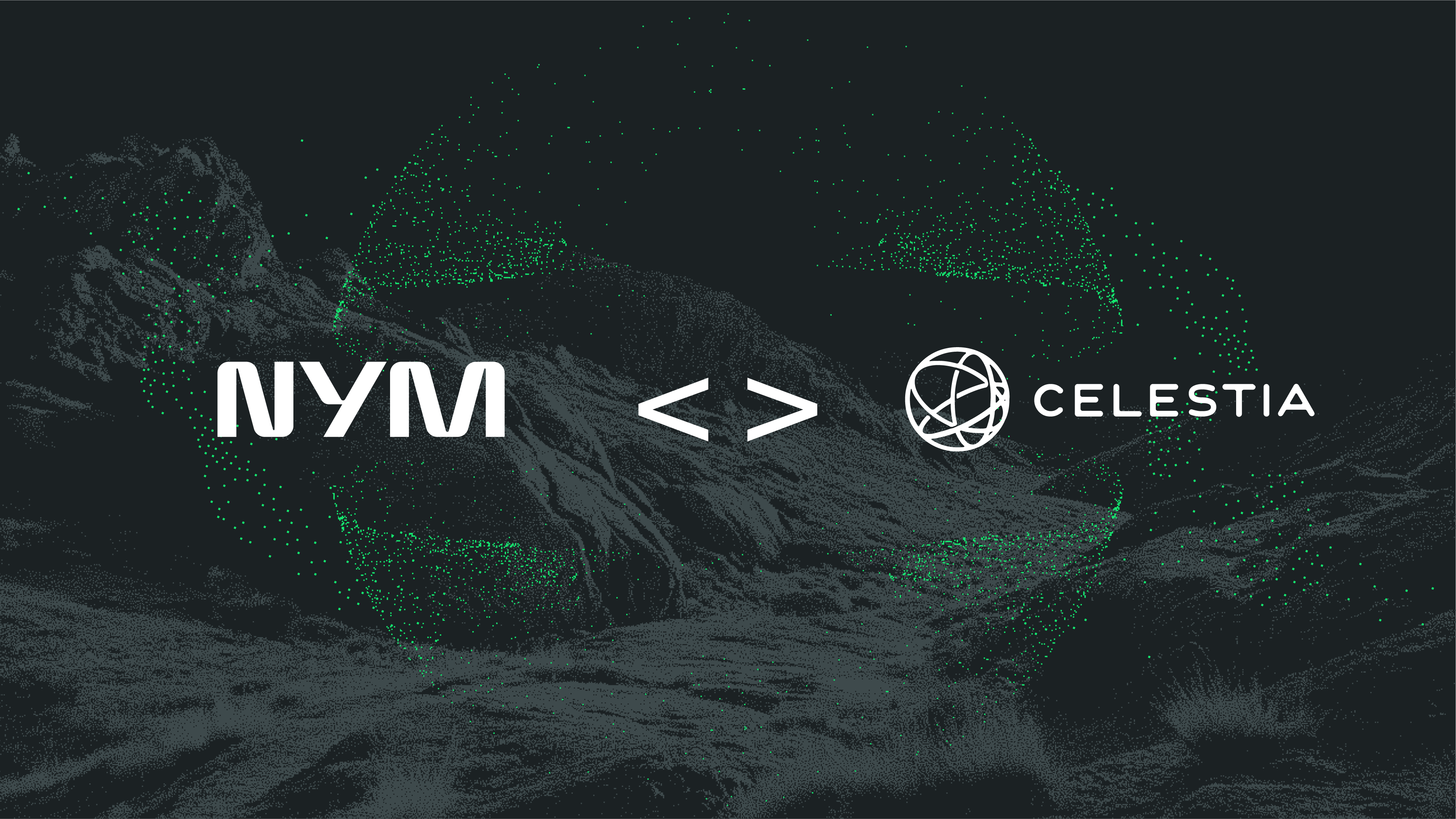
Improves Security with Probabilistic Data Checks: DAS’s random sampling makes it statistically unlikely for malicious actors to hide unavailable data, maintaining the blockchain’s integrity as it scales. Example: Both Celestia and Avail use DAS to ensure withheld data is quickly detected.
With DAS in place, rollups and other layer 2 solutions can post giant batches of transactions to a DA layer like Celestia or Avail. Light clients don’t need to download these monster blocks, they just sample a few chunks and know with confidence the data is available. This means:
- Rollups scale up: They’re not bottlenecked by full node requirements.
- End-users stay sovereign: Anyone can verify rollup data availability directly from their device.
- The network stays nimble: No single point of failure or trust assumption required.
If you want to dive deeper into how this plays out for real-world light clients, check our guide at /how-data-availability-sampling-das-powers-lightweight-blockchain-clients.
What’s Next for Data Availability Sampling?
The pace of innovation here is wild. As more modular chains launch and demand for scalable infrastructure grows, expect to see even more creative uses of DAS, think cross-chain light clients, decentralized bridges that check DA across networks, and privacy-preserving sampling protocols. The competition between DA layers like Celestia and Avail is already driving rapid improvements in efficiency and security.
This isn’t just about tech for tech’s sake either, it’s about making blockchains truly accessible and censorship-resistant for everyone. When any user can run a secure light client on their phone or laptop, the old gatekeepers lose their grip. That’s decentralization with teeth.
Final Thoughts: The Modular Future Is Sampled
DAS is one of those rare breakthroughs that actually delivers on the original promises of blockchain, scalability without centralization tradeoffs. We’re seeing it play out right now as projects push into new territory with modular designs and battle-tested DA layers. The future isn’t just lighter; it’s smarter, more open, and way more resilient.
If you want to keep up with how these innovations are reshaping decentralized tech at every layer, from consensus down to your mobile wallet, stick around Da Layers for deep dives, guides, and practical insights every week.
